How the Rock Cycle Recycles Earth’s Crust
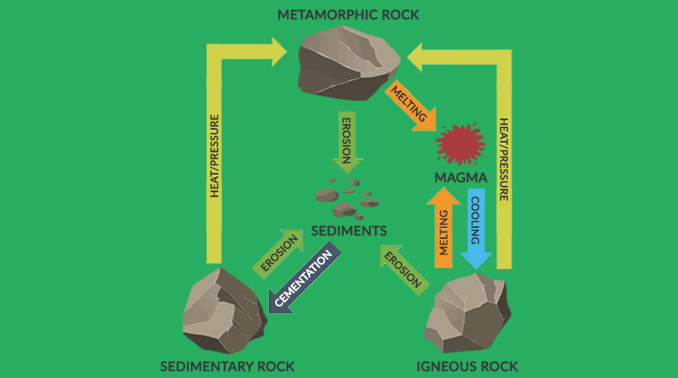
“If you could speed up time, you would see rocks continuously cycling from within the planet.”
First, rocks would sink deep down into the interior. Then, they would rise back up again as magma. All thanks to the mechanism of plate tectonics.
Like a well-oiled machine, rocks transform from igneous, sedimentary to metamorphic types. This process where rocks are created, altered, and formed again is the rock cycle.
If you look at the Earth’s crust, it’s composed of 80% igneous, 15% metamorphic, and 5% sedimentary rocks. But 75% of our land surface contains sedimentary rocks.
Sedimentary rocks form by compaction and cementation
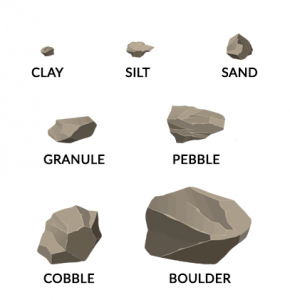
Sedimentary rocks like shale, limestone, and sandstone form from pre-existing rocks. If you start with sand, mud or organic material, these sediment deposits get eroded and transported over time.
The two main processes that form sedimentary rocks are compaction and cementing. While compaction squeezes material together, cementing glues the squeezed material together.
For example, the Grand Canyon has sedimentary rock layers dating back to 2 billion years ago. They include sandstone, shale (or mudstone), and limestone all stacked on top of one another.
“For sedimentary rocks, younger layers of rock pile up on top of the older layers on the bottom. Like glue, each successive layer cement over tens of millions of years.”
Igneous rocks are forged from volcanoes
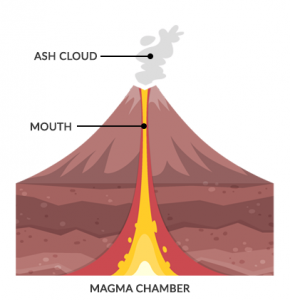
Volcanoes are the foundation for igneous rocks. Like a bottle of champagne with a cork in it, liquid rock pools in the magma chamber.
Once you pull the cork, the volcano erupts from the mouth spewing lava. Like wax dripping down the side of a candle, igneous rocks like feldspars form.
So hot lava drips on the side of volcanoes then cools, hardens, and becomes igneous rocks. For example, granite, andesite, and obsidian are types of igneous rocks.
“Without igneous rocks, there wouldn’t be the rock cycle. Most believe the rock cycle begins with igneous rocks because you wouldn’t have metamorphic or sedimentary rocks.”
Metamorphic rocks build from heat and pressure
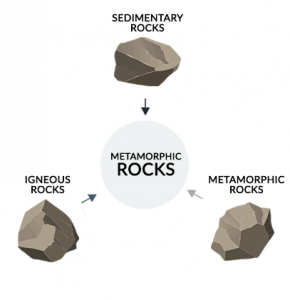
Metamorphic rocks change in form from pre-existing rocks. For example, a rock that was once made of sand is changed or “metamorphosed” into another type of rock from heat and pressure.
This intense pressure for metamorphic rocks comes from inside Earth.
Earth’s major mountain chains contain metamorphic rocks because it’s at plate tectonics boundaries where this intense pressure exists.
“When it’s metamorphosed, it’s soft and pliable like cookie dough. For example, metamorphic rock types include marble, slate, gneiss, and schist.”
Rock cycle diagram
The Rock Cycle is a continuous geological process that has operated on Earth for approximately 4.6 billion years, shaping its crust and surface over eons.
The diagram provided illustrates the various pathways and transformations that rocks undergo as they transition between the three major rock types: igneous, sedimentary, and metamorphic.
Let us know what you think! We’re happy to answer questions and listen to feedback in the comment section below.

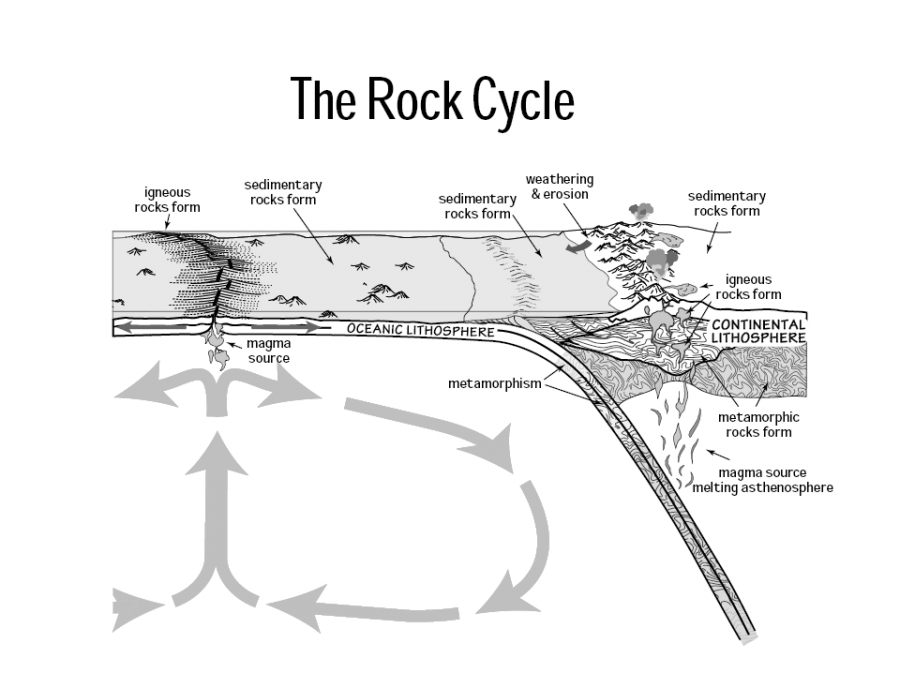
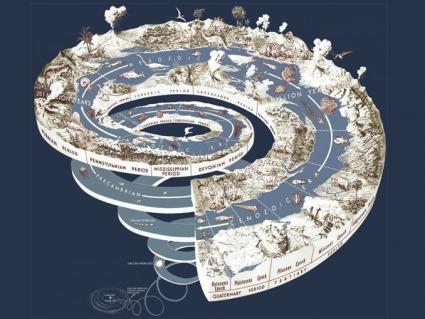
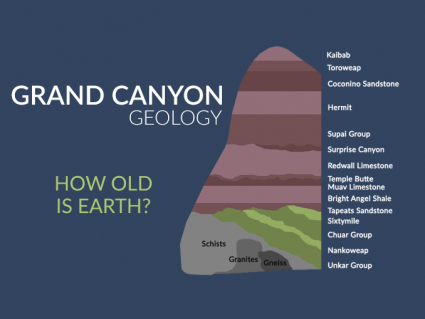
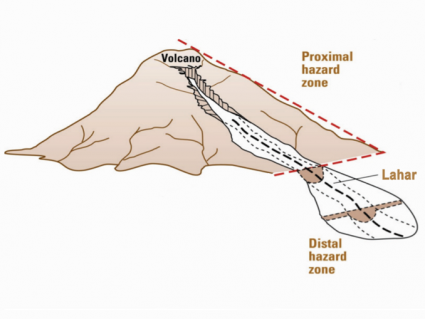
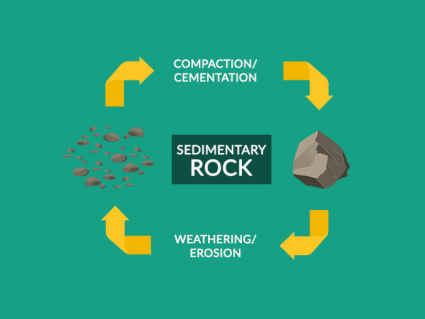
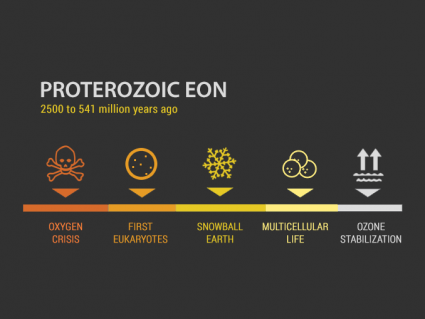
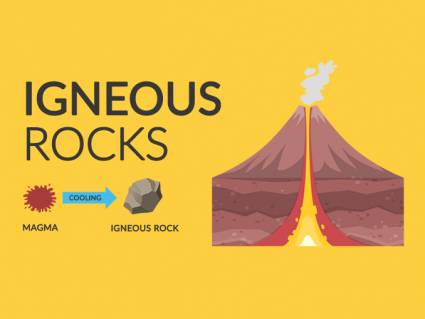
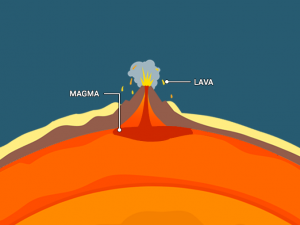
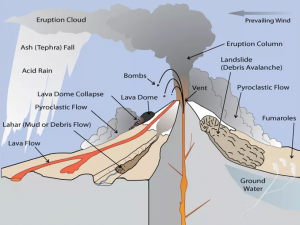
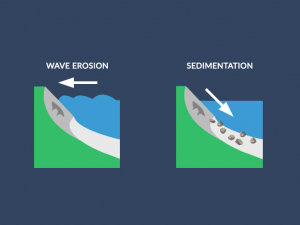
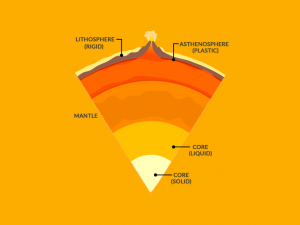
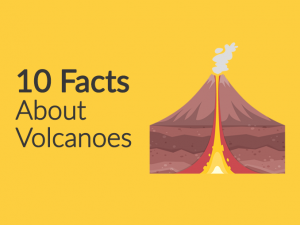
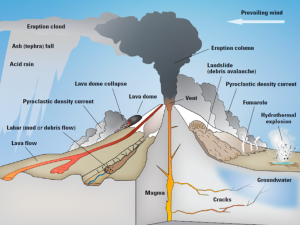
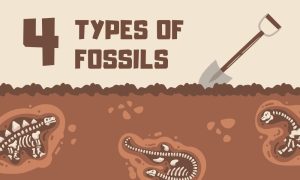
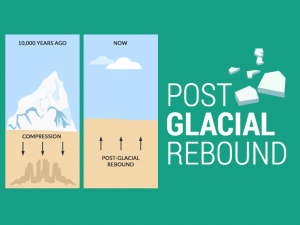
I love rocks
I am a PhD chemist, semiretired but I am fascinated with geology and hydro geology. I would be interested in any topic in the field to increase my general knowledge and to fertilize my garden of ideas and inventions. Mineralogy would be much appreciated.